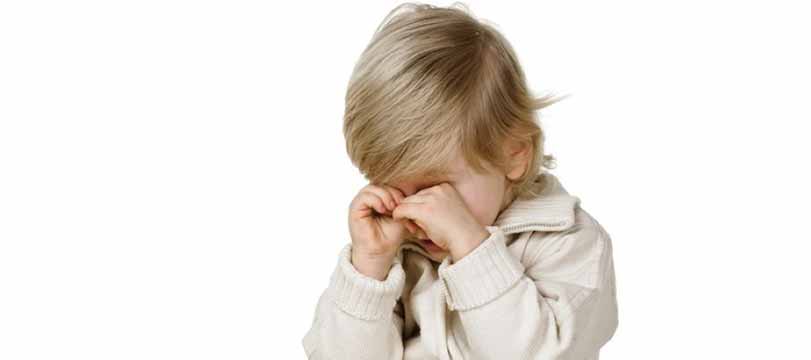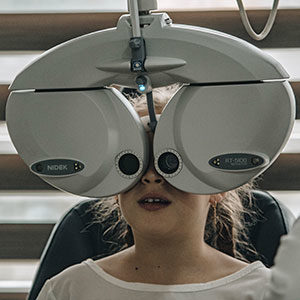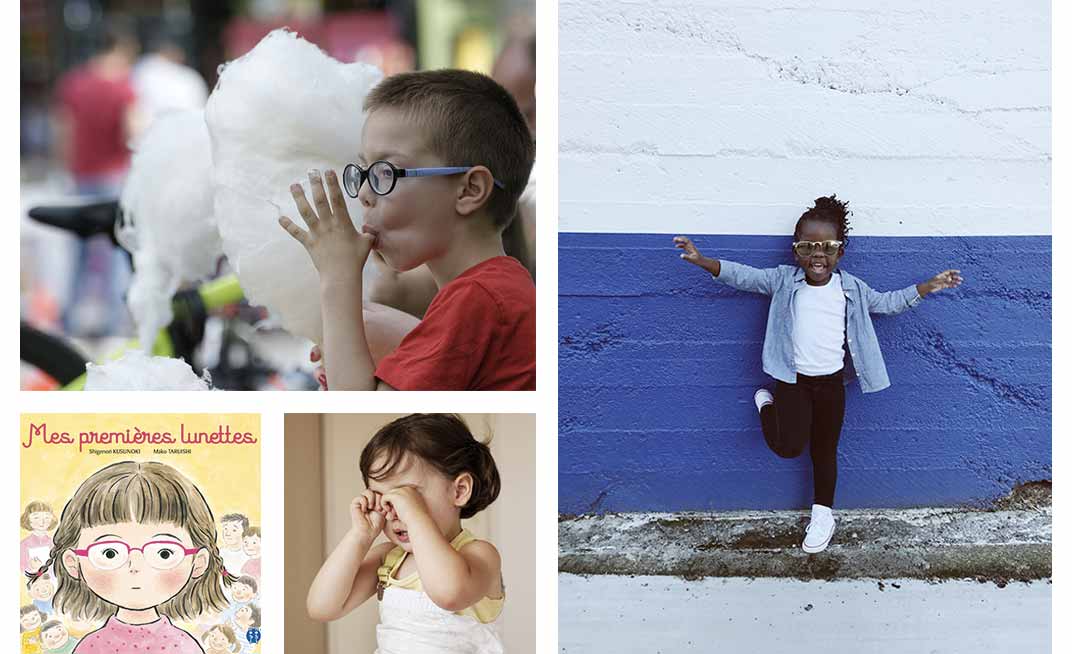
04:20 -
© Pixabay
Does your child get tired easily or complain about pain in their eyes? Then they might need glasses. Read on to find out how to test their eyesight and know when it’s time to see the optician.
Realising your little one needs glasses is easier said than done. They might not even realise it themselves, having got so used to their reduced vision and assumed it was normal. It’s therefore important to keep an eye on them and get things checked if in any doubt, not least because when eyesight troubles are left untreated, they can have a significant impact on a child’s educational development. According to Asnav (an association that promotes the improvement of eyesight), 80% of information required for learning is perceived through the eyes, obvious when you think how important they are for reading and writing. If your child is having problems with their vision, they could have problems at school and become demotivated. But there’s good news: with a simple correction, they can quickly catch up and learn to love reading. The next step will be to help them wear their glasses every day…

Does your child see things that are close easily but then struggles with things that are further away? Do they hold books right up close to read them? Or do they get right up close to screens or squint to try and see further? And at school, do they have trouble seeing what’s written on the board properly and make mistakes when copying things down? If this is all sounding familiar, your child might be short-sighted. In this situation the image we see doesn’t appear on the retina but in front of it. Close-up vision is clear but vision further away is blurred.
Does your child get tired easily and agitated in the evening? Do they find it hard to concentrate, get headaches and rub their eyes a lot? They might be far-sighted. This is when what we’re looking at appears behind the retina and not on it, meaning things that are far away are clear and things that are close are blurry. To fix this problem, your child has to spend energy constantly to keep things in focus, quickly making them tired. With babies and children, there can often be a physiological reason for this which corrects itself over time. But if you spot any of these signs, it’s still important to get your child tested by a professional who will be able to tell if your child needs glasses and correct anything that needs it.
Does your child draw sideways, find it difficult to write along lines or get confused between letters that look like each other (H and N, b and d etc.)? Have you noticed that the way they hold their head is strange, maybe to one side? They might have an astigmatism. This is when the curvature of the cornea is not concave, as it should be, but oval. Your child sees objects slightly deformed and their vision is blurred, for things both far and near. This vision trouble leads to a lot of ocular fatigue because your child has to force their eyes to focus a lot. They might also often be red and itchy.

© Deedee86/Pixabay
All babies’ vision is blurred when they are first born. In fact, a new-born’s vision is only 5% of an adult’s. Visual sharpness develops bit by bit until around 7 years old when it reaches 100%. Your baby also sees in black and white until 3 months. During this period of development, there are a few signs of sight problems to look out for: they might hold their head strangely, might not follow the movement of objects or might not look at you. They rub their eyes a lot and don’t like the light. If they have problems judging distances, fall over or bump into things, it could be a sign of an issue.
To find out if your baby has a sight problem, there’s a little test you can do: cover one of their eyes, watch their reaction and then cover the other eye. Did they react in the same way for both sides? If they cry every time you cover the same eye, that could be the sign of a sight problem.

© nrd-Unsplash
Most visual anomalies in children, when they are treated in time, can be completely treated. But the more time that passes, the harder it is (or even impossible) to put some problems right. That’s why it is essential to keep an eye on your child and book in with your optician if you suspect anything. If you have a family history of sight problems or if your child was born prematurely, there is a higher risk of sight problems. In these cases, it’s important to see a specialist like a paediatrician regularly, at around 8 days, 9 months and 2 years, but outside this timeframe, don’t hesitate to see an optician any time you suspect a problem, and then once a year from around 11 years old.

© Deedee86/Pixabay-kiana-bosman-unsplash-csilviu©pixabay
If your child needs glasses, make sure you take good care of them throughout the process. It can be an anxious time for them and they might not want to wear their new frames for fear of being made fun of in the playground. The design you choose needs to be able to keep up with all your child’s adventures: it needs to be both light and comfortable and of course durable. Make sure they aren’t too tight in the sides of your child’s head, but make sure they don’t slip and slide around. (There are some designs specially adapted for sport if need be.) The lenses also need to be big enough to cover their whole field of vision, so that they look through them in any direction that they direct their eyes.
To look after your child’s eyesight, make sure to protect their eyes from the sun. The lens of the eye acts like a natural filter but is transparent until the age of 9. Little ones’ eyes are therefore much more vulnerable to the sun’s rays. Choose sunglasses that have at least a mark 3 sun protection factor to guarantee 100% of UV and UVB rays are filtered out.
Write by Josh Arnold